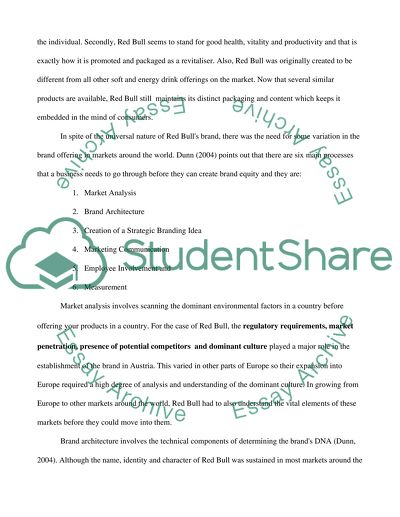Cite this document
(“Case study on Red Bull Essay Example | Topics and Well Written Essays - 2000 words”, n.d.)
Retrieved from https://studentshare.org/marketing/1429578-case-study-report
Retrieved from https://studentshare.org/marketing/1429578-case-study-report
(Case Study on Red Bull Essay Example | Topics and Well Written Essays - 2000 Words)
https://studentshare.org/marketing/1429578-case-study-report.
https://studentshare.org/marketing/1429578-case-study-report.
“Case Study on Red Bull Essay Example | Topics and Well Written Essays - 2000 Words”, n.d. https://studentshare.org/marketing/1429578-case-study-report.


